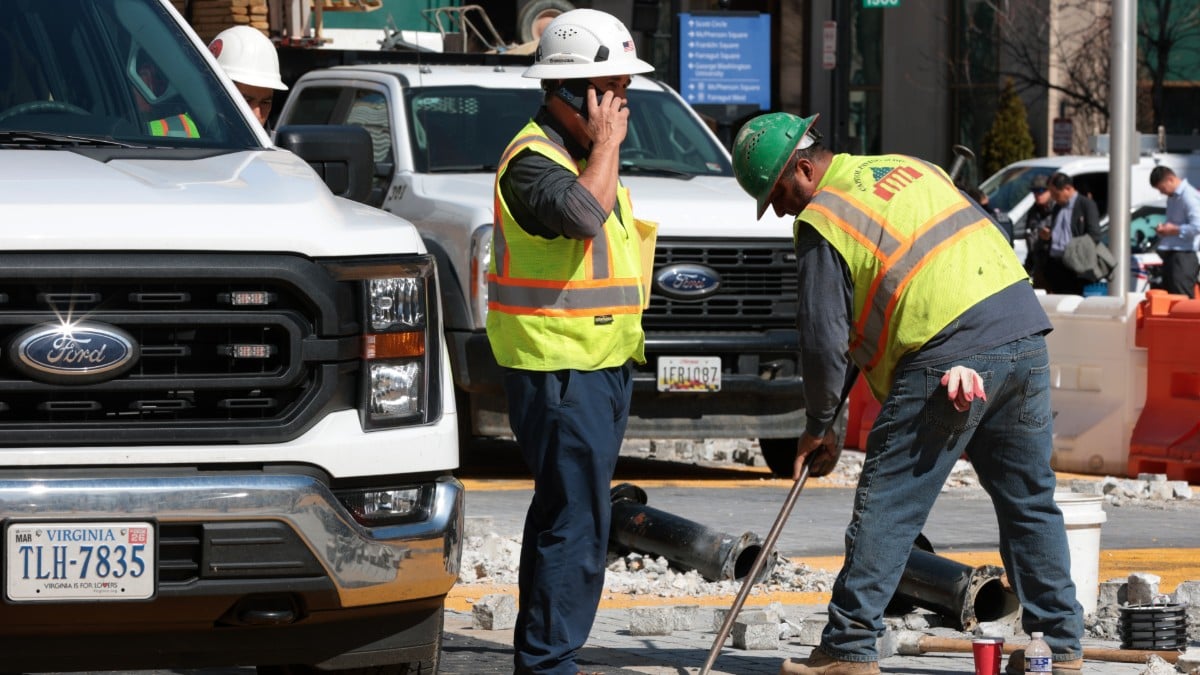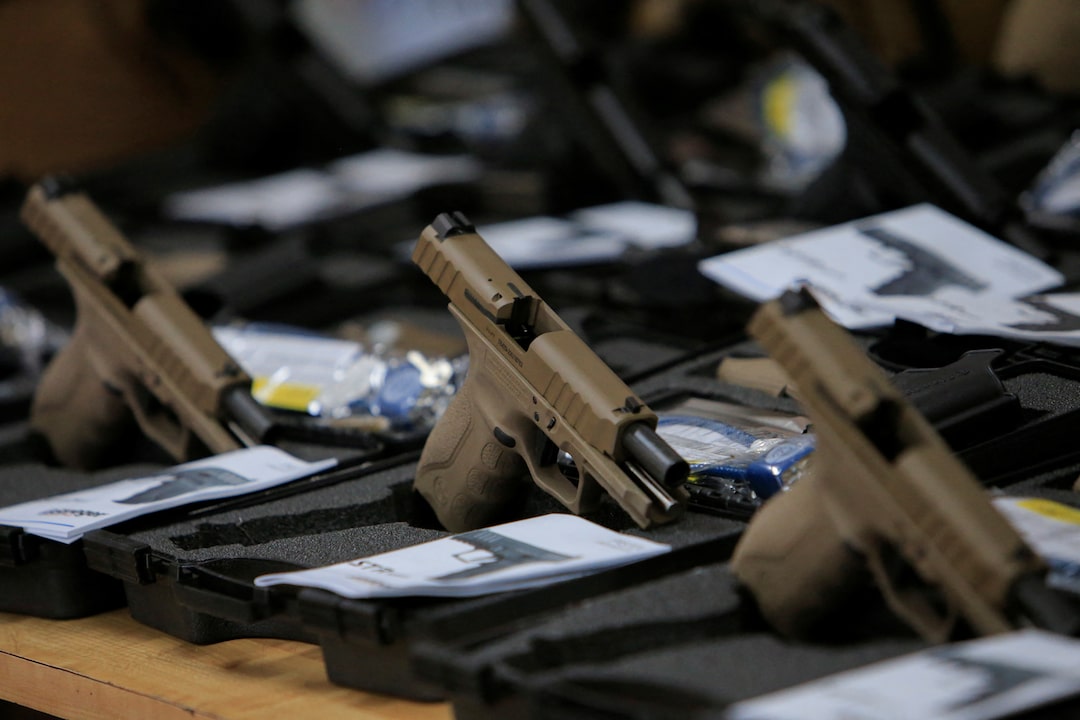The History And Demise Of Black Lives Matter Plaza In Washington, D.C.

Table of Contents
The Genesis of Black Lives Matter Plaza: A Response to Social Unrest
The murder of George Floyd in May 2020 ignited a global firestorm of protests and demonstrations against police brutality and systemic racism. The Black Lives Matter movement, already a powerful force, experienced a surge in support and visibility. Across the United States and internationally, millions took to the streets, demanding justice and an end to racial inequality. This wave of social unrest reached the nation's capital, where calls for change were particularly poignant given the proximity to the centers of political power.
In response to the widespread demonstrations and the urgent demand for racial justice, Washington, D.C. Mayor Muriel Bowser made the unprecedented decision to rename a two-block stretch of 16th Street NW, leading from the White House to the intersection with K Street, Black Lives Matter Plaza.
- Immediate Public Reaction: The renaming was met with a mixed response. While many celebrated it as a powerful symbol of solidarity and a recognition of the movement's importance, others criticized it as a political statement or questioned its long-term viability.
- Strategic Location: The choice of 16th Street NW was highly symbolic. Its proximity to the White House underscored the demand for change at the highest levels of government, placing the message of Black Lives Matter directly before the nation's leadership.
- National Significance: Renaming a street in the nation's capital held immense symbolic weight. It served as a powerful declaration that the fight for racial justice was at the forefront of national consciousness.
The Plaza as a Canvas for Artistic Expression and Activism
Black Lives Matter Plaza quickly transformed into a vibrant hub of artistic expression and activism. The streets and sidewalks became canvases for murals and street art created by Black artists and community members. These works conveyed a range of messages, from powerful statements against police brutality to hopeful visions of a more equitable future. The BLM Plaza became more than just a renamed street; it was a living testament to the movement's core principles.
- Prominent Murals: While specific artist names and mural titles are difficult to definitively attribute due to the temporary nature of the art and the rapid evolution of the space, numerous murals depicted powerful imagery reflecting the Black Lives Matter movement's core tenets. Many focused on portraits of victims of police brutality, while others highlighted themes of Black joy, resilience, and resistance.
- Events and Gatherings: The plaza hosted numerous demonstrations, rallies, and community events, becoming a central gathering place for activists, artists, and community members to express their support for the movement. It served as a platform for speeches, performances, and peaceful protests.
- Political Expression: The plaza functioned as a powerful platform for political expression, offering a highly visible space for individuals and groups to voice their concerns about racial injustice and demand accountability from government officials.
The Controversy and the Decision to Remove Black Lives Matter Plaza
As the political climate shifted, so did the support for Black Lives Matter Plaza. The initial wave of widespread support for the movement began to ebb, and some voiced concerns about the cost of maintaining the plaza and the long-term implications of the renaming. Arguments against the street renaming often centered on the idea that it was a partisan political statement, rather than a permanent tribute to a significant social movement.
- Political Backlash: The decision to rename the street was met with resistance from some political figures who opposed the Black Lives Matter movement, citing various reasons, including the movement's association with certain political viewpoints.
- Cost Concerns: Arguments against maintaining the plaza included discussions about the financial burden of upkeep, including the cost of repainting and maintaining the murals and street art.
- Public Response: The decision to remove the Black Lives Matter designation and return the street to its original name generated a considerable public outcry, with supporters expressing disappointment and concerns about erasing a significant piece of history and a powerful symbol of the movement's influence.
The Lasting Legacy of Black Lives Matter Plaza
Despite its temporary nature, Black Lives Matter Plaza left an indelible mark. The art, activism, and community engagement that unfolded there became a crucial part of the movement’s narrative and contributed significantly to the ongoing dialogue about racial justice.
- Continued Conversation: The plaza served as a catalyst for crucial conversations about racial justice and equity, both locally and nationally, pushing forward discussions that persist to this day.
- Preservation Efforts: While the physical murals are gone, photographic and video documentation, along with articles and social media posts, serve as a record of the art and the spirit of the plaza.
- Historical Significance: Black Lives Matter Plaza holds a significant place in the history of the Black Lives Matter movement, representing a potent symbol of a moment in time when the fight for racial justice reached the forefront of American consciousness.
Conclusion
The story of Black Lives Matter Plaza in Washington, D.C., is a complex one, reflecting the dynamism of the Black Lives Matter movement itself. Its rapid emergence, brief prominence, and controversial removal all contribute to its lasting significance as a powerful symbol of activism, artistic expression, and the ongoing struggle for racial justice. The plaza’s temporary existence underscores the ever-evolving nature of social movements and their ability to shape public discourse and leave an indelible mark, even when physical manifestations are removed. Learn more about the history of the Black Lives Matter movement and the ongoing fight for racial justice. Further research into the Black Lives Matter Plaza and its legacy can deepen your understanding of this pivotal moment in American history. Explore the art and activism that continue to inspire change in the fight for Black Lives Matter.

Featured Posts
-
 Country Living Your Escape To The Country Awaits
May 25, 2025
Country Living Your Escape To The Country Awaits
May 25, 2025 -
 Maryland Softballs Aubrey Wurst Shines In 11 1 Win Against Delaware
May 25, 2025
Maryland Softballs Aubrey Wurst Shines In 11 1 Win Against Delaware
May 25, 2025 -
 18 Brazilian Nationals Charged 100 Firearms Seized In Mass Gun Trafficking Crackdown
May 25, 2025
18 Brazilian Nationals Charged 100 Firearms Seized In Mass Gun Trafficking Crackdown
May 25, 2025 -
 Apple Stock Under Pressure Tariffs And Buffetts Holdings
May 25, 2025
Apple Stock Under Pressure Tariffs And Buffetts Holdings
May 25, 2025 -
 Aubrey Wursts Contributions Secure Maryland Softball Win Over Delaware
May 25, 2025
Aubrey Wursts Contributions Secure Maryland Softball Win Over Delaware
May 25, 2025
Latest Posts
-
 George L Russell Jr Maryland Legal Giant And Progressive Icon Passes Away
May 25, 2025
George L Russell Jr Maryland Legal Giant And Progressive Icon Passes Away
May 25, 2025 -
 Mercedes F1 Wolffs New Hints On Russells Contract Status
May 25, 2025
Mercedes F1 Wolffs New Hints On Russells Contract Status
May 25, 2025 -
 The George Russell Contract Why Mercedes Must Act
May 25, 2025
The George Russell Contract Why Mercedes Must Act
May 25, 2025 -
 Will Mercedes Re Sign George Russell The Key Factor
May 25, 2025
Will Mercedes Re Sign George Russell The Key Factor
May 25, 2025 -
 Toto Wolffs Latest Comments On George Russells Mercedes Contract
May 25, 2025
Toto Wolffs Latest Comments On George Russells Mercedes Contract
May 25, 2025
